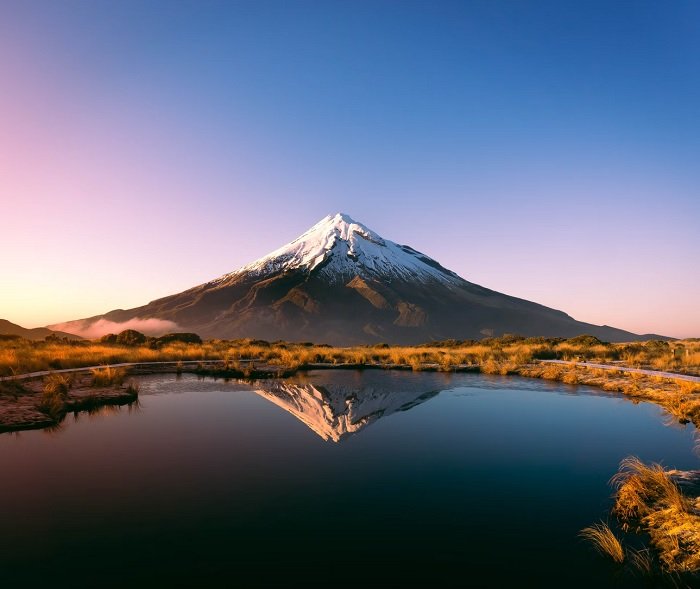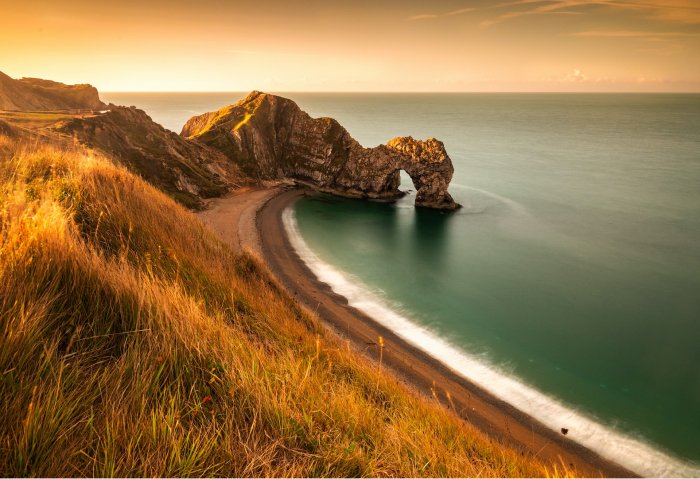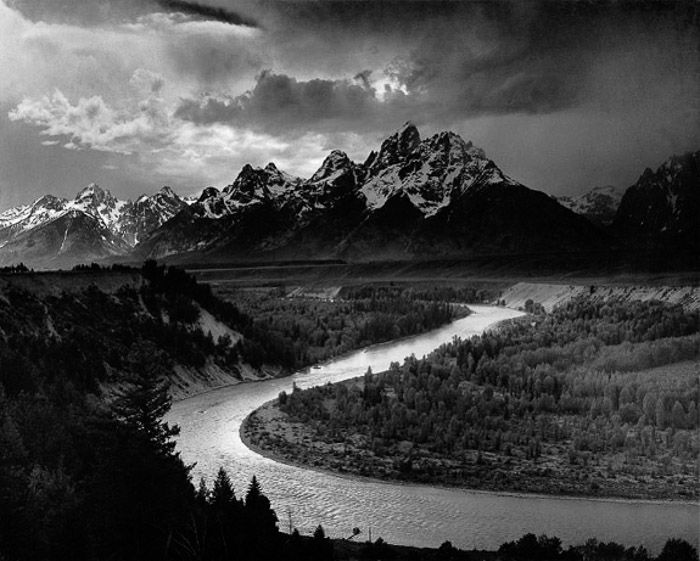Landscape photography can be a challenging but rewarding form of photography. It takes time, practice, and patience to get good at it, but the results are often worth it.
In this article, we’ll discuss 10 creative landscape photography ideas that you can try yourself. So if you’re interested in learning more about landscape photography, keep reading!

Creative Landscape Photography Ideas
Below are our top tips for improving your creative landscape photos!
1. Slow Down the Shutter with Black Glass
You can shoot very long exposure shots on a bright sunny day using one simple trick. Add a round, neutral density filter to your bag. Often dubbed “black glass,” these dark filters are screwed onto the front of your lens. They prevent a great deal of light from entering, with strengths from three to 10 stops. This opens up a whole new world of creative possibilities.
Let’s say the proper exposure for a particular photo is 1/125 s with an f/22 aperture at ISO 100. With this shutter speed, the water’s motion would largely be frozen. By adding a nine-stop ND filter, you can keep the aperture and ISO the same. At the same time, you drop the shutter speed all the way down to four seconds. This will create that dreamy effect previously limited to low-light situations.
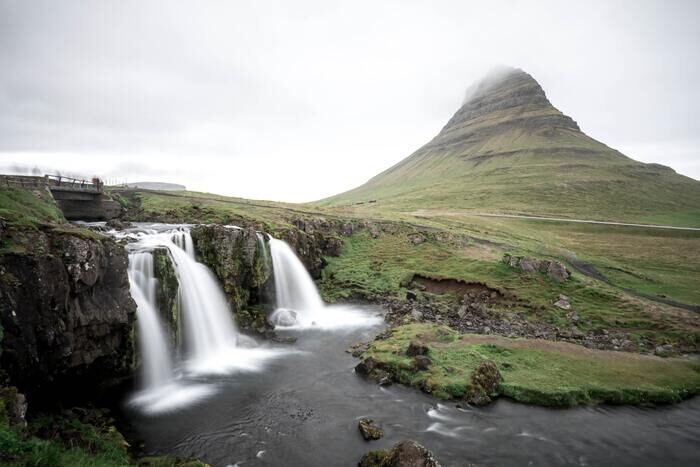
2. Set the Shutter to Bulb Mode
You’re likely to have scrolled right past Bulb mode before. Some people avoid it altogether. But what does it do?
This amazing feature makes it possible to use shutter speeds of several minutes. With it, you can achieve otherworldly results, including capturing light trails. Simply use a cable release and a tripod. This will help you avoid jostling the camera while pushing the shutter button with your hands.
As always, make sure you have a fully charged battery.
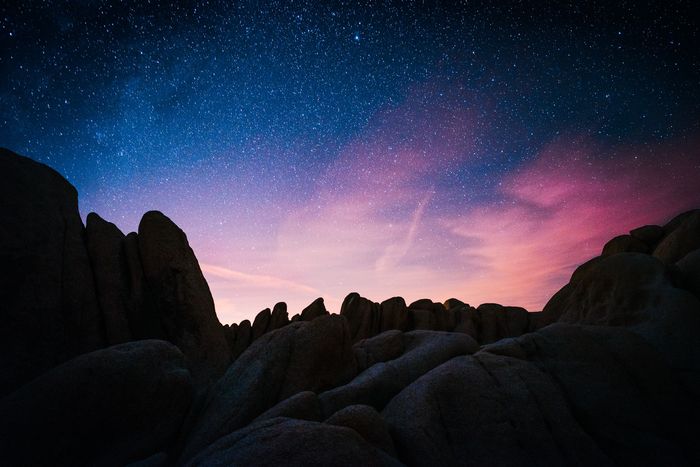
3. Use Color Temperature to Your Advantage
Color can drastically change the way we interpret a scene.
Most people don’t notice as the light temperature gradually shifts throughout the day. But the observant landscape photographer can manipulate these subtle differences. If you learn how to do this, you will be able to achieve interesting results.
It’s not necessary to fill the entire frame with color to use it effectively. Sometimes, all it takes is a tiny dab. This is a powerful technique for bringing attention to one part of the frame.
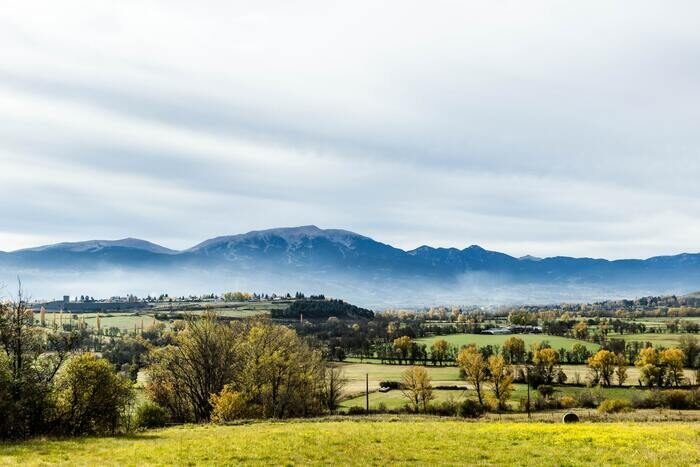
4. Shoot Through a Flower Petal
Go beyond the routine snapshot. Add a layer of visual interest to your landscape shots by using the tools already at your disposal.
By shooting through a flower petal or leaf, you can create a soft wash of color. And you can still keep the main subject in sharp focus. The technique is simple, but it yields a refined look.
For this particular method, you may prefer to shoot without a tripod. By working handheld, it’s easier to position the camera where you want it.
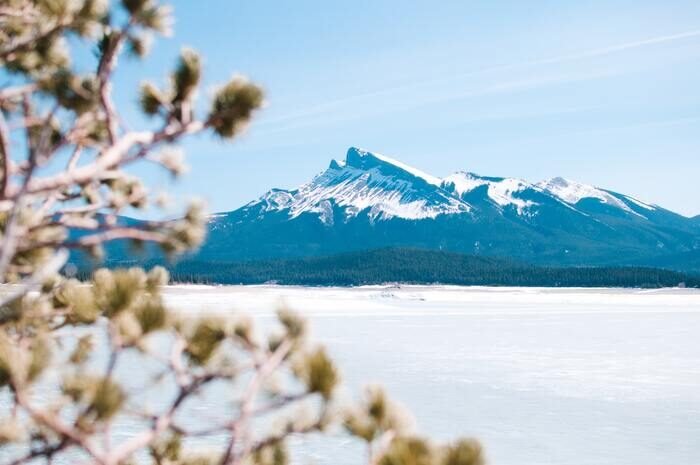
5. Eliminate Clutter with a Telephoto Lens
It’s rare to come across a landscape that doesn’t require some decluttering. Common examples include power wires, fences, signs, and unsightly dirt patches. You can try to compose your photo by moving your feet at first. But what about those situations when you can’t move any further?
Where a wide-angle lens falls short, a telephoto lens will be very useful. You can pick the area where all the essential elements come together and work to eliminate distractions.
This is one of the most essential creative landscape photography tips.
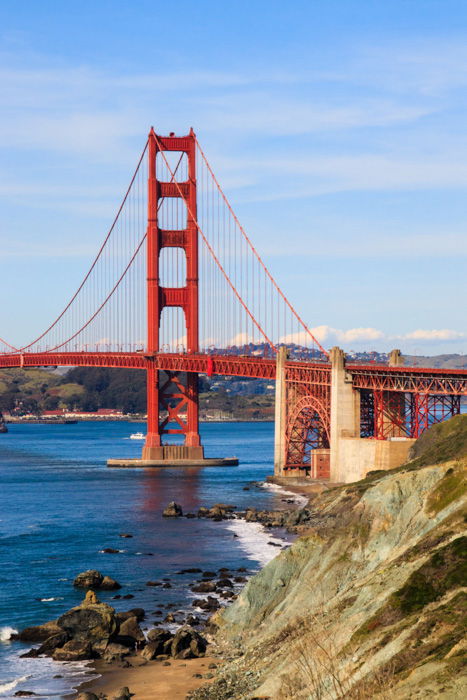
6. Don’t Fear High ISOs
As surprising as it may be, a high ISO can be helpful for creative landscape photography. This is particularly true when shooting without a tripod. Or when you want to include a person in the frame. In these instances, the shutter speed can be no slower than about 1/125 s to prevent camera shake.
To achieve great depth of field and keep everything sharp, your desired aperture would be f/11 or f/16. This way, you can also avoid lens diffraction.
Sometimes you may take your photo only to find that it’s too dark. This is where the ISO comes into play. Simply double the ISO number and watch as the photo becomes brighter.
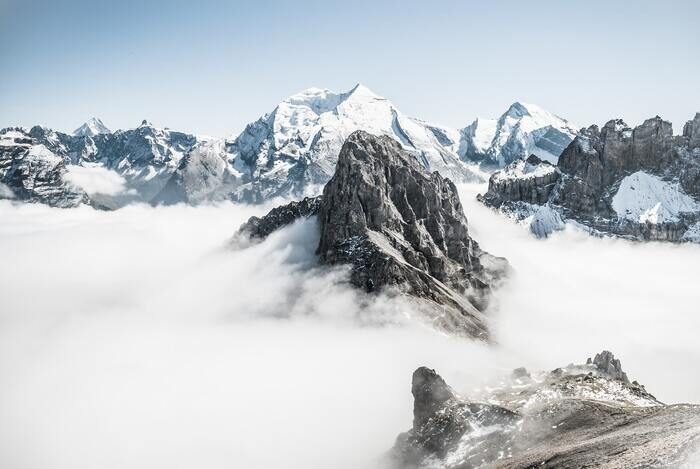
7. Enable Highlight Alert
By default, many camera models have highlight alert turned off. You’ll need to enable it in the menu.
It’s sometimes referred to as “the blinkies.” This feature alerts you to the precise location of overexposure. With this knowledge, you can make a quick adjustment to the exposure. You can even alter your composition to eliminate the unwanted area.
By enabling highlight alert, you’ll end up with more consistent exposures. Washed-out areas will also be a thing of the past. And you’ll be rewarded with less time in the digital darkroom.
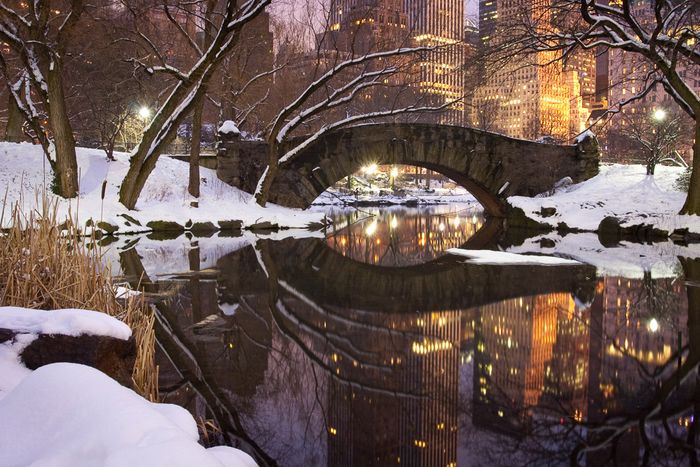
8. Try the Two-Second Timer
This rarely used setting can open up a whole new world of creative possibilities. It’s typically found in the Drive menu along with single-shot, multi-shot, etc.
You may find yourself somewhere that doesn’t allow tripods. But it’s still possible to take sharp photos without one. Even with long exposure times. Select the two-second timer and rest the camera on the ground. You can use your folded camera strap to angle the camera upwards.
When you press the shutter, the camera will move a little. Don’t worry, you have two seconds for it to settle down before firing. This is also helpful for tripods that are not as stable as they should be. If you don’t have a cable release, the timer is a terrific wireless alternative.
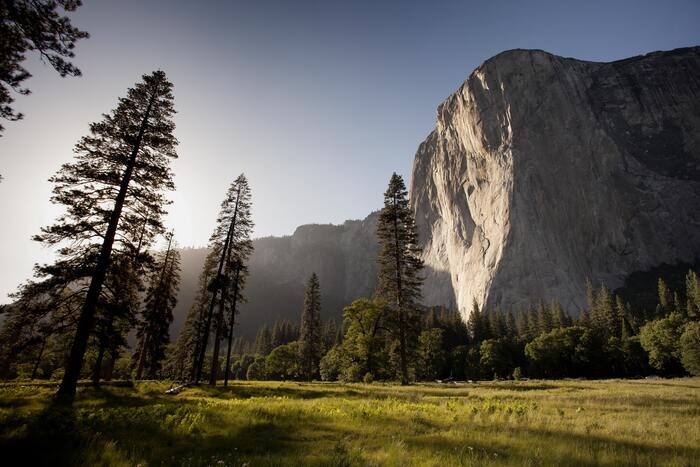
9. Use a Polarizer Only When Necessary
Perhaps the most important tool for afternoon photography is the circular polarizer.
A circular polarizing filter will make a pale blue sky pop. This is especially true when the sky is dappled with clouds. However, the technique is so powerful that it’s easy to go overboard.
I’d recommend finding the maximum strength of the filter, and then cutting the intensity slightly. This will provide you with more natural results.
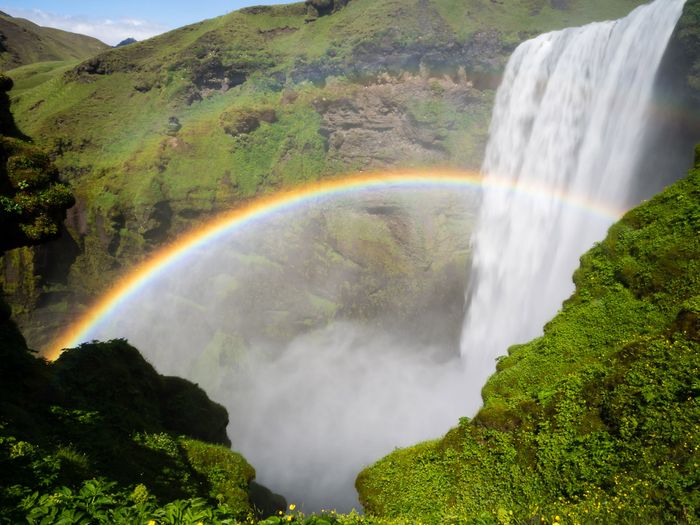
10. Composition Is a Process of Subtraction
Painters work by continually applying brush strokes until their piece is complete. But this process is quite different from how photographers compose images.
Through the lens, we have to remove any unnecessary elements in order to best express our vision. Therefore, photographers operate with a method of subtraction. At first, this may seem a bit counterintuitive. But learning how to be selective of your composition is an important part of improving your skills.
As Paulo Coelho said, “Elegance is achieved when all that is superfluous has been discarded, and the human being discovers simplicity and concentration: the simpler and more sober the posture, the more beautiful it will be.”
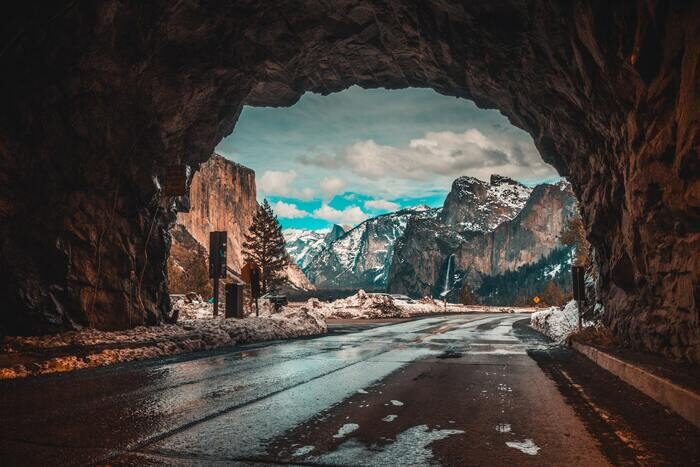
Conclusion—Creative Landscape Photography Ideas
If you are bored with your pictures, try these tips to add some character to your landscape photography. Experimenting with different settings, camera accessories, and composition techniques is the best way to get out of a photography rut.
If you want to get even better at creative landscape photography, find inspiration from others. But which landscape photographers are worth learning from? Here is a list of creative landscape photographers you should take inspiration from.
